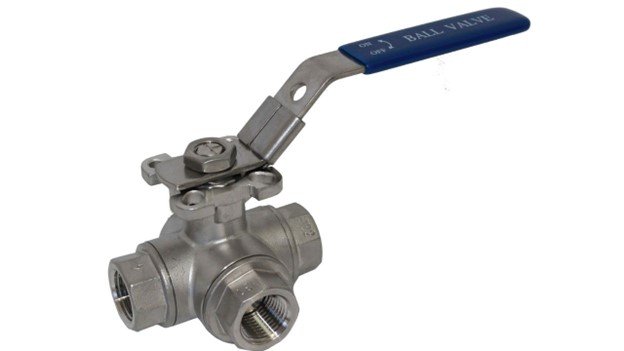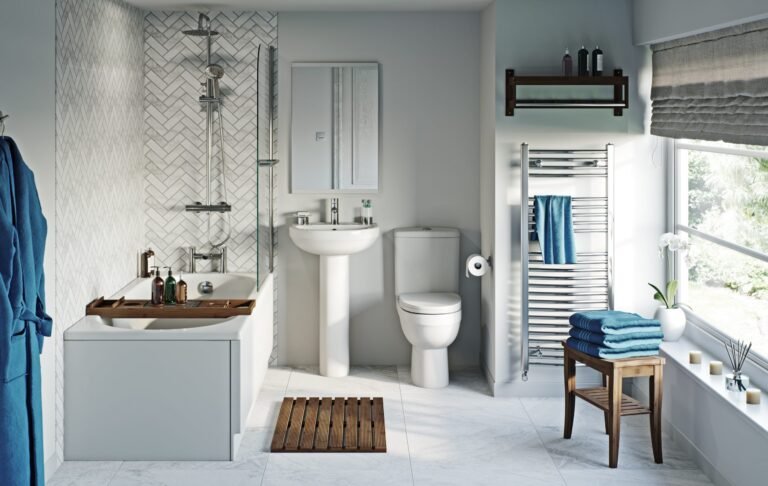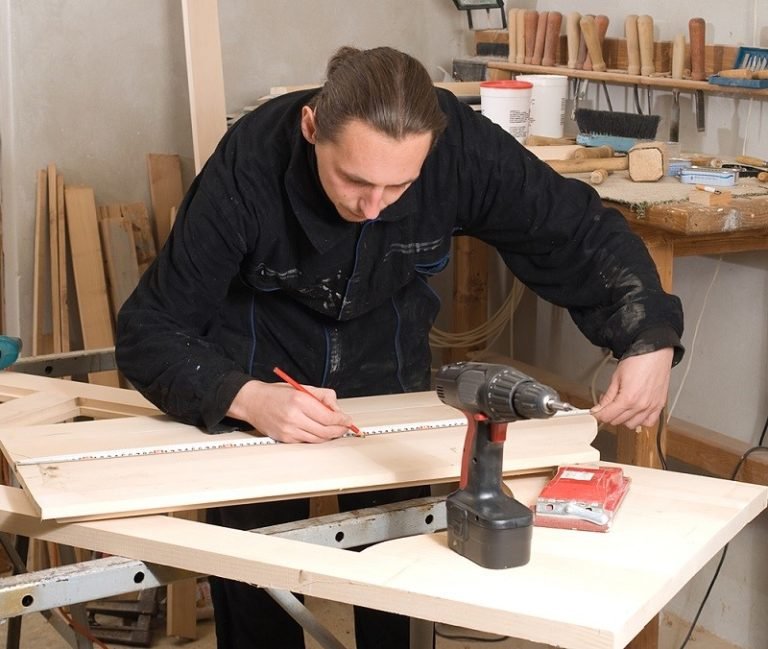Common Questions Answered: Stainless Steel 3-Way Ball Valves
What is a stainless steel 3-way ball valve? It is basically a ball valve with three ports. The ports are connected to piping for fluid flow. Depending on fluid flow, these ports are described as one inlet and two outlet ports.
If you have questions such as:
- What is the Direction of Flow on a 3-way ball valve?
- What is a 3-way ball valve Used For?
- What is the Flow Path of a 3-way valve?
Then, we will know the answers to these questions about the Stainless Steel 3-way ball valve here.
What is the Direction of Flow on a 3-Way Ball Valve?
The flow direction of a ball valve depends on the specific design and configuration of the valve. Generally, 3-way ball valves are designed to allow flow in multiple directions. The valve’s internal ball has a bore (hole) through it, which aligns with the flow ports when the handle is turned.
There are two common configurations for 3-way ball valves:
- T-Port Configuration: In this setup, the ball has a “T” shape, allowing the valve to direct flow to two different ports at the same time or isolate one port while connecting the other two.
- L-Port Configuration: The ball has an “L” shape, directing the flow between two ports at a time and blocking the third.
In either case, turning the valve’s handle changes the alignment of the ball, controlling the flow direction. To know the exact direction of flow, refer to the valve’s design and the markings typically placed on the valve body.
What is a 3-Way Ball Valve Used For?
A 3-way ball valve is primarily used to divert or mix fluids between three different ports. These valves are common in industries where precise control of liquid or gas flow is required. Some typical uses include:
- Mixing Fluids: In some systems, a 3-way ball valve is used to mix two different streams of fluids before directing them to a third port.
- Diverting Flow: These valves can direct the flow from one source to two different destinations. For example, in HVAC systems, a 3-way valve may be used to control the flow of hot or cold water to different areas of a building.
- Switching Between Sources: In some cases, a 3-way ball valve allows operators to switch between two different fluid sources and direct them to a single outlet.
These valves are also frequently used in chemical processing, water treatment, and oil and gas industries, where fluid control is essential.
What is the Flow Path of a 3-Way Valve?
The flow path of a 3-way valve depends on its internal configuration, as mentioned earlier (T-port or L-port). Here’s how these two configurations affect the flow path:
- T-Port Flow Path: The “T” shaped bore allows the valve to direct the flow in various configurations. When the ball is positioned in such a way that the “T” aligns with all three ports, it can allow flow between all ports simultaneously. When rotated, the valve can also block one port while keeping flow between the other two.
- L-Port Flow Path: The “L” shape directs flow between two ports at any given time, while the third port is blocked. For example, when one side of the “L” is aligned with the inlet port, the other side connects with one of the outlet ports. As you turn the valve, the flow shifts to the other outlet port while blocking the previous one.
Knowing the flow path is crucial for ensuring proper system performance, especially in complex setups where multiple flows need to be managed effectively.
How to Check a 3-Way Valve?
Regular inspection and maintenance of a 3-way ball valve are essential to ensure optimal performance and longevity. Here’s a quick guide on how to check a 3-way valve:
- Visual Inspection: Start by visually inspecting the valve for any signs of external damage or wear, such as cracks, rust, or leaks. Make sure the handle moves freely and that the valve is mounted correctly.
- Test for Leaks: With the system pressurized, check all ports for leaks. Leaks are often a sign of worn-out seals or internal damage to the valve.
- Check Flow Functionality: Rotate the valve handle and observe the direction of the flow. Ensure that the valve properly directs flow to the correct ports as per the design.
- Internal Inspection: If you suspect internal damage, disassemble the valve (if applicable) to inspect the ball and seals. Clean any debris or buildup, and check for signs of wear that might affect performance.
- Re-lubricate and Reassemble: Once inspected and cleaned, re-lubricate the moving parts if necessary and reassemble the valve. Ensure that all components are securely in place before putting the valve back into operation.
Conclusion
Stainless steel 3-way ball valves are highly versatile and essential components in many industrial systems. They help control the flow direction, mix fluids, or switch between sources. Understanding how these valves work and their maintenance is crucial to ensuring efficient system performance. Whether you’re using a T-port or L-port valve, following proper installation and inspection procedures will ensure long-term reliability and efficiency in your operations.







